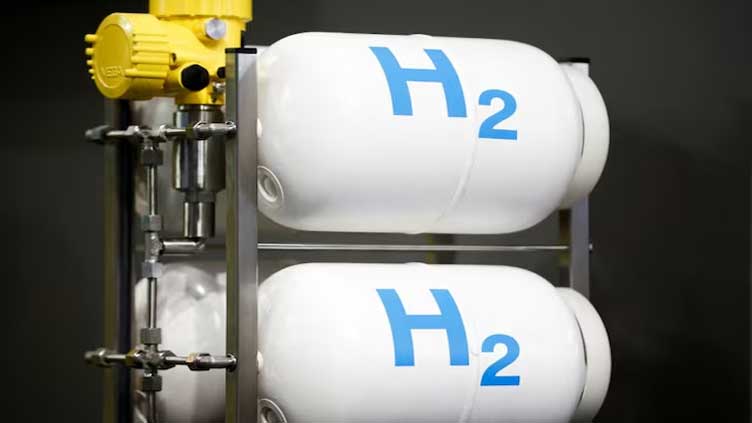Green hydrogen fever gets needed doses of reality

Technology
Green hydrogen fever gets needed doses of reality
MELBOURNE (Reuters Breakingviews) - Hot air is seeping out of the green hydrogen bubble. Over the past five years fans of the low-carbon gas have argued it can replace fossil fuel in everything from industrial processes to heating homes to transport. Yet cost and science make many of its applications fanciful. Developments in July at two big proponents of the technology suggest the industry may be about to get more practical and smaller.
Forrest blames high energy costs for the pullback from the gas extracted from water using renewable energy. That's just one of many factors though. The scale of power needed is daunting: using green hydrogen in all steelmaking, aviation and shipping would require almost five times the solar and wind capacity installed globally in 2022, says Michael Liebreich, co-managing partner at EcoPragma Capital. The storage and shipping capacity required is also higher than for the conventional hydrogen made from fossil fuels.
The world's fifth-largest economy faces a major risk to growth: water security.
All in, producing green hydrogen, for most companies, would currently cost at least $6 a kilogramme, four times the expense of producing the dirtier version of the gas, per Liebreich. He notes, using International Energy Agency data, that just 1% of some 1600 green hydrogen projects by production volume have progressed much beyond the exploratory stage.
The concept still has some clear uses. It could replace the natural, or fossil, gas that currently creates around 100 million tons a year of hydrogen for manufacturing fertiliser, petrochemicals and other products. It could replace coal in at least some steelmaking, which is where Forrest is now focusing Fortescue's efforts. And it could play a small role in other applications, say as an emergency long-term backup in some electricity grids.
But electric batteries, heat pumps and biogas are usually better alternatives to green hydrogen for power, heating, and transport - from cars to jet fuel. Trying to compete with them will just burn money.
Fortescue Energy CEO Mark Hutchinson on July 25 said the company is "steadfast in its commitment to green hydrogen".
He was speaking to investors and analysts a week after parent company Fortescue said it was putting on hold its target of producing 15 million tons of green hydrogen by 2030.
On July 17 the European Court of Auditors published a report saying that the European Union is unlikely to meet its "overly ambitious" goals of producing 10 million tons of green hydrogen and importing a further 10 million tons by 2030.


